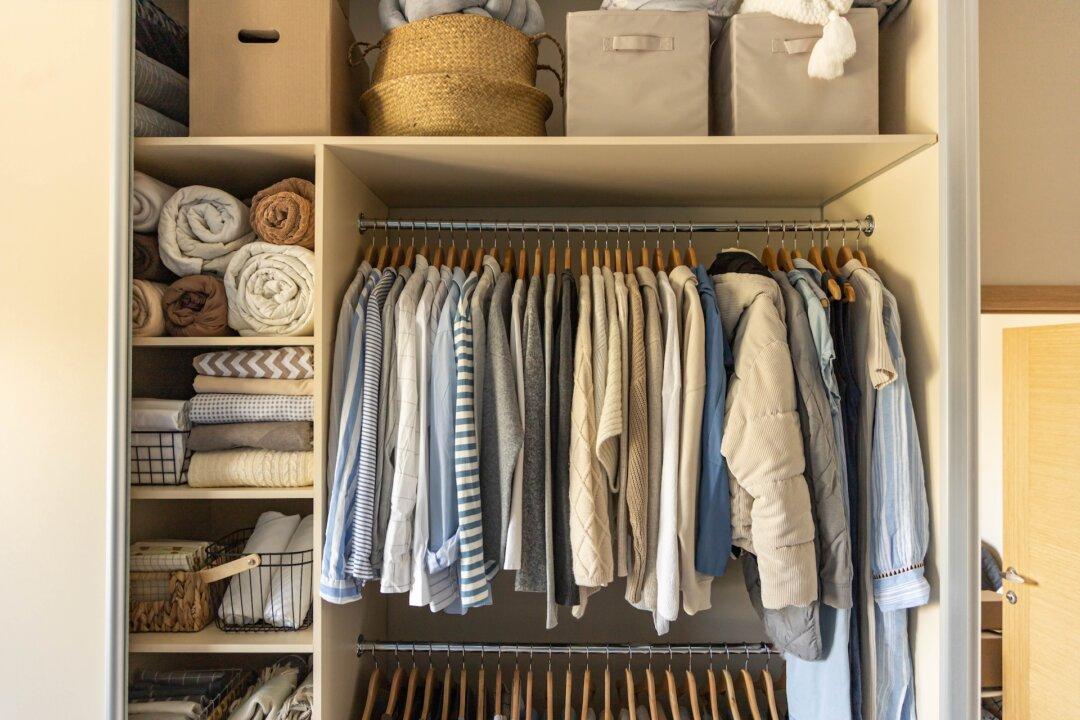The Romans are often credited with inventing plumbing, but it was the Minoans, Mesopotamians, and Indus Valley civilizations who, about 4,000 years ago, engineered the world’s first sewer systems, complete with flushing toilets. In 1652, Boston was the first U.S. city with a water system; it used hollowed-out tree trunks. In 1804, Philadelphia introduced cast iron pipes. Alexander Cummings was awarded the first patent for a flush toilet in 1775. In the 1920s, tank-style toilets that used five to seven gallons per flush became popular, later improved by water-saving three-gallon versions in 1974.
While plumbing has advanced significantly, all these systems have one thing in common—they can clog.
Toilet Clogs
The reason you see a plunger next to many home and office toilets is to be ready in case they get clogged. If it’s a new clog, there’s a good chance someone put something in there they shouldn’t have, and a good hearty plunge should dislodge it to get things working again.If you have a cup plunger—which also works well for sinks, showers, and most other drains—simply place the plunger straight over the opening, making sure it’s at least half covered in water. If it isn’t, add more water, as the plunger is using the air bubble inside it—not water—to loosen the clog. Work the plunger up and down a few times, quickly and forcefully, then pull upward to break the seal. Repeat if necessary. The same technique works for a flange plunger.
If you’re using an accordion plunger, make sure it’s fully covered with water. Like the cup plunger, it uses air, not water, to loosen the clog. Start with a gentle plunge and work your way up to harder ones; otherwise, you might force air around the seal and spray water all over the bathroom.
Sink Blockages
Kitchen sinks can drain slowly or stop completely if food and grease build up over time; bathroom sinks are notorious for clogs caused by soap, grooming products, and hair. Before you break out the handy cup plunger and get to work, remove any drain plugs. In the case of bathroom sinks, you may find it coated with soapy hair; removing this mess with your fingers or the plastic tool sold at most hardware stores may be all that’s needed.But if it still drains slowly, plug the overflow vent (the little hole you’ve always wondered about at the top edge of the sink). You can use a washcloth, but a strong tape is usually best to seal the system for maximum pressure and to prevent water from spraying out of the hole when you use the plunger. Note that this should be a separate cup plunger from the one you use in your toilet, for sanitary reasons.
If simple plunging doesn’t work, consider buying a plumber’s snake. These metal flexible cables “snake” down the drain and into the pipes to open them up. Home units run from 3 to 25 feet in length. Be careful as you use it, especially with older pipes that could be damaged, making the problem worse and then requiring a plumber.





